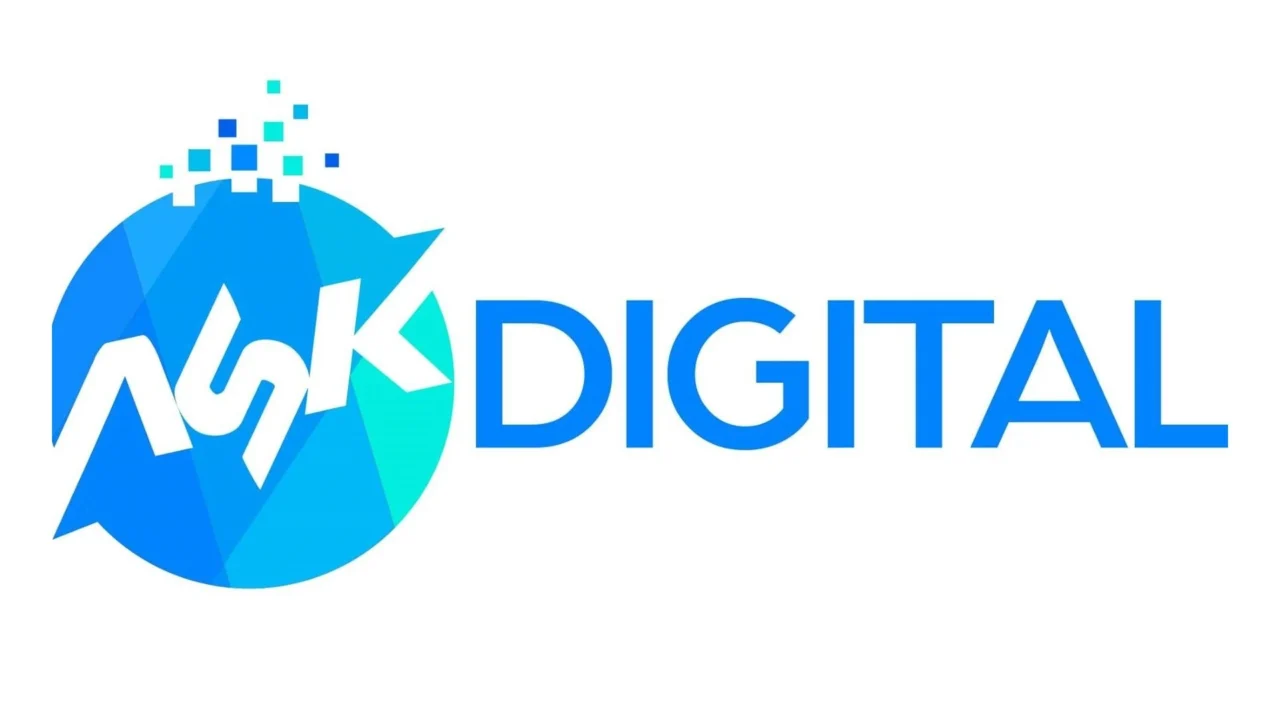Ask Digital, a successful digital marketing company, employed Infinikey Solutions’ services to initiate a project focused on optimising and automating its internal processes. This was aimed at not just boosting efficiency and productivity, but to also making operations scalable for future growth.
This case study delves into the methods suggested by Infinikey Solutions to pinpoint inefficiencies, deploy advanced automation technologies, and streamline workflows. By examining the implementation, and results achieved, this analysis sheds light on the practical benefits and importance of process optimisation and automation.
What The Client Required
The client approached Infinikey Solutions with these two tasks
- Process automation on Clickup;
- Integration of Clickup with Slack and Hubspot.
During the study stage of clients Clickup model, we found:
- Significant discrepancies and redundancies in the client’s processes, and suggested improvements and optimisations wherever required;
- A significant gap in the establishment of key performance indicators (KPIs). The lack of well-defined and measurable KPIs hindered the client’s ability to accurately assess performance, track progress, and identify areas for improvement.
The Solutions We Delivered
Process Optimisation
While each process was studied to implement automation, an optimisation initiative was undertaken to make the workflows as smooth as possible, while removing redundancies at every step. The optimised process was first shared with the client and only after the approval of said iterations was the automation undertaken.
More than that, it was impressed upon the client that automation was an iterative process, where adjustments will be required to be made as per the demands of each process, the same applying to KPI measurement and monitoring.
Process Automation
We automated the client’s processes across Clickup, while setting up considerations for setting up realistic expectations, task delays and coordination. This is not only aimed at improved consistency and quality for the task being performed, but also for increased visibility for task assignees and to address any discrepancies as they arise.
Assessment of Workload Capacity
An important element of task automations on Clickup is also to have a very real representation of the capacity each team member, as well as the entire team, and task redistributed whenever required. Delays could now be monitored with regular reports as well as dashboards that can be customised for tasks that are deemed critical.
KPI Development, Implementation and Monitoring
Since the clients KPIs were not well defined, KPIs were assessed and developed, corresponding to the projects being undertaken by the client. Furthermore, on the Clickup application, dashboards provided a unique advantage of being able to monitor progress on individual KPIs at a glance, while automations make tracking consistent and minimise errors.
More than that, it was ensured that KPI targets were being met with constant reminders, messages and alerts, along with integration with slack and CRM data from Hubspot.
Integration with Hubspot and Slack
Client’s tasks on Hubspot were integrated on Clickup, and deal-based triggers utilised to automate tasks, within the parameters defined by both Hubspot and Clickup. This integration was also repeated for Slack, to make coordination of tasks easier and to ensure that everybody was apprised of any changes that were happening.
The Impact
The following results were reported by the client within the first six months of the automations being implemented
- Process redundancies were reduced by 100%/eliminated.
- Missed tasks were reduced by 100% due to constant reminders, and integration with slack.
- Task completion rates were improved by 21%, due to realistic completion times being set up, and completion dates and workloads being adjusted as per requirement.
- Due to KPIs being implemented, automated and monitored, team cohesion and the overall efficiency of the assignees as well as that of individual teams improved significantly.




